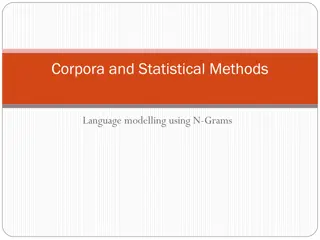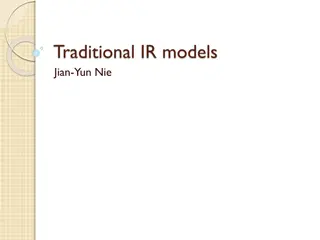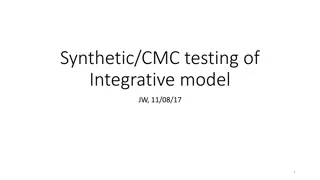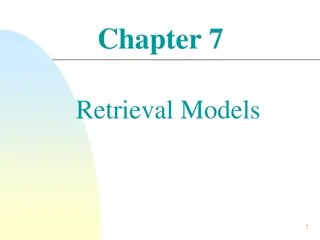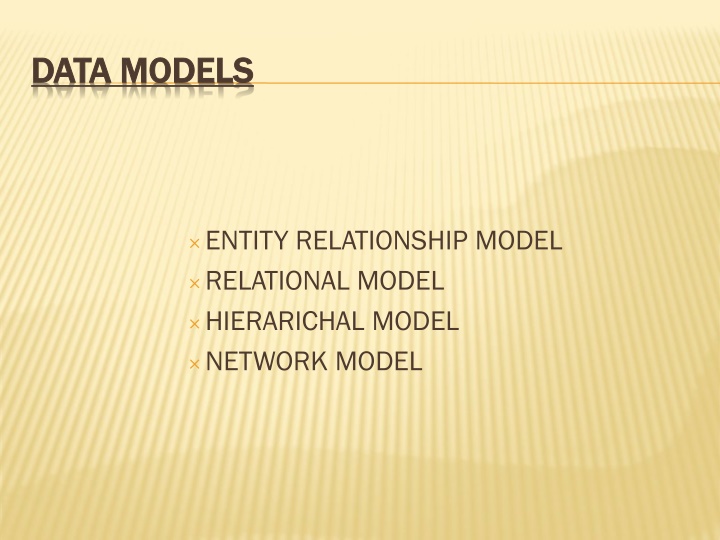
Data Modeling: Entity Relationship, Relational, Hierarchical, and Network Models
Explore the world of data modeling through Entity Relationship, Relational, Hierarchical, and Network Models. Learn about entities, attributes, relationships, tables, hierarchies, and schema design in a database. Dive into the basics of data organization and structure for effective database management and information retrieval.
Download Presentation

Please find below an Image/Link to download the presentation.
The content on the website is provided AS IS for your information and personal use only. It may not be sold, licensed, or shared on other websites without obtaining consent from the author. If you encounter any issues during the download, it is possible that the publisher has removed the file from their server.
You are allowed to download the files provided on this website for personal or commercial use, subject to the condition that they are used lawfully. All files are the property of their respective owners.
The content on the website is provided AS IS for your information and personal use only. It may not be sold, licensed, or shared on other websites without obtaining consent from the author.
E N D
Presentation Transcript
DATA MODELS DATA MODELS ENTITY RELATIONSHIP MODEL RELATIONAL MODEL HIERARICHAL MODEL NETWORK MODEL
E E- -R MODEL R MODEL The entity relationship model consits of a collection of basic objects called entities and relationship among these entities. E-R model has the following three components: Entities: Entities: Entity is a real-world thing. It can be a person, place, or even a concept. Attributes: Attributes: An entity contains a real-world property called attribute. This is the characteristics of that attribute. Relationship: Relationship: Relationship tells how two attributes are related.
RELATIONAL MODEL The relational model represents data and relationship among data by a collection of tables, each of which has a number of column with a unique name. In this model, the data is maintained in the form of a two- dimensional table. All the information is stored in the form of row and columns. EMP_ID EMP_ID EMP_NAME EMP_NAME MOBILE MOBILE SALARY SALARY JOB NAME JOB NAME A001 JOHN 915545655 1 70000 ENGINEER A002 ADAM 214586324 5 80000 ANALYST A003 CANDY 455966321 4 89000 MANAGER
HIERARCHICAL MODEL Hierarchical Model was the first DBMS model. This model organizes the data in the hierarchical tree structure. The hierarchy starts from the root which has root data and then it expands in the form of a tree adding child node to the parent node.
NETWORK MODEL NETWORK MODEL This model is an extension of the hierarchical model. This model is the same as the hierarchical model, the only difference is that a record can have more than one parent. It replaces the hierarchical tree with a graph.
SCHEMA The overall design of a database is known as schema. External level External level Conceptual level Internal level Database















